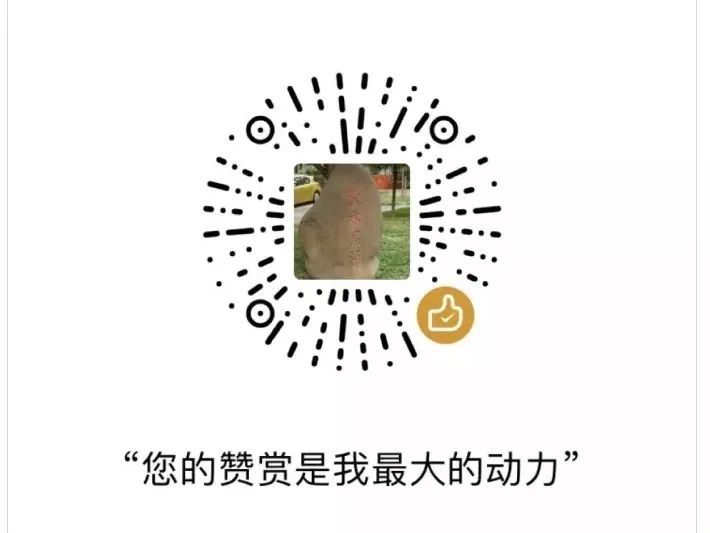
Click the blue text to follow Dr. Zhao

The Twenty-Eight Pulses of
CHEN MAI
沉脉
“Insufficient when lifted, excessive when pressed”
Like sand wrapped in cotton, soft on the outside but firm on the inside
Chen Mai (沉脉) is felt with a heavy hand pressing down to the bones.
Chen (沉) is the opposite of Fu (浮); Fu can be lightly felt, while Chen requires firm pressure to be detected.
Chen Mai is a solid pulse, distinct from a pulse that is merely deep.
During pulse diagnosis, lightly place your fingers on the pulse vessel and press down firmly; at a deeper level, you can feel the pulse beating. Continue pressing down to the bones, where the pulse vessel may be flattened, yet the pulse’s strong beating can still be felt, indicating Chen Mai.
If you press further to the radius and cannot feel a strong beat, it is simply a deep pulse, not Chen Mai.
Both Fu Mai (浮脉) and Chen Mai are solid pulses, reflecting the struggle between pathogenic and healthy Qi. A struggle at the surface results in Fu Mai, while a struggle internally results in Chen Mai.
If a person is generally overweight and presents with Chen Mai in winter, it is considered a normal pulse.
Conditions Associated with Chen Mai:
If the right Cun (寸) pulse is Chen, it often indicates lung Qi not dispersing, leading to symptoms such as chest tightness and cough.
The right Cun corresponds to the lungs; both Chen and Fu pulses relate to lung function, but their pathophysiology and treatment methods differ significantly.
For example, in cases of cough, one may have excessive dispersal while the other may have insufficient descending, leading to different treatment approaches that must be carefully distinguished.
If the right Guan (关) pulse is Chen and slippery, it often indicates food stagnation, with Qi and blood obstructed by phlegm and food, hence the Chen and slippery pulse, corroborated by a thick white tongue coating.
If the left Guan pulse is Chen, it suggests liver Qi stagnation, commonly seen in individuals who are worried or anxious. Such individuals often have unexpressed concerns, along with symptoms like spleen and stomach issues, side pain, and insomnia.
Last year, Dr. Zhao encountered an elderly patient in the ward with persistent jaundice. The left Guan pulse was Chen, stringy, and rapid, diagnosed as Shaoyang damp-heat obstruction. Treatment with Da Chai Hu Tang (大柴胡汤) was ineffective, and the patient was later found to have late-stage bile duct cancer, passing away shortly thereafter.
The left Guan pulse being Chen, stringy, and rapid indicated an obstruction in the bile channel due to the physical presence of bile duct cancer, leading to Qi and blood stagnation, generating heat and toxins.
Although TCM can differentiate pathophysiology, treatment efficacy may still be lacking. Perhaps our skills in TCM are not as advanced as those of ancient practitioners.
In clinical practice, many patients present with a deep, rapid, and strong pulse at the Chi (尺) position (which corresponds to the kidneys, the foundation of life, and is very important), yet they show no clinical symptoms. Discussions with colleagues suggest this may be in a latent phase, not yet manifesting as disease, which should be a focus of TCM’s preventive approach.


Scan to follow us
Written by: Yuan·Jian
Edited by: Du Ruo
This article is original; please contact the chief secretary for reprints via WeChat | xinfuhuaer2010

